Overview
PhotoHA® (HAMA) is made up of 100 mg of lyophilized methacrylated hyaluronic acid. 3D hyaluronic acid hydrogels with the special ability to be made at different concentrations and photocrosslinked (requires a photoinitiator) to provide different gel stiffness are offered by PhotoHA®.
Methacrylated hyaluronic acid (HAMA), called PhotoHA®, is a product that Advanced BioMatrix offers for photocrosslinkable hydrogels. These hydrogels offer 3D HA gels that resemble native ones and have the special ability to be made at different concentrations and photocrosslinked to produce gels with different stiffnesses.
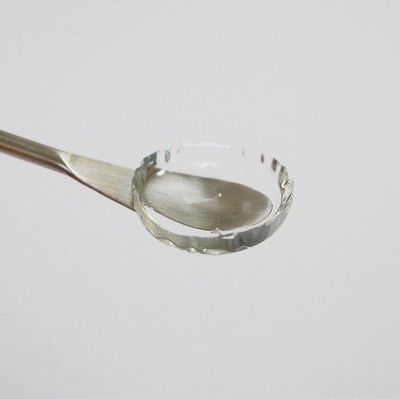
Image Credit: Advanced BioMatrix
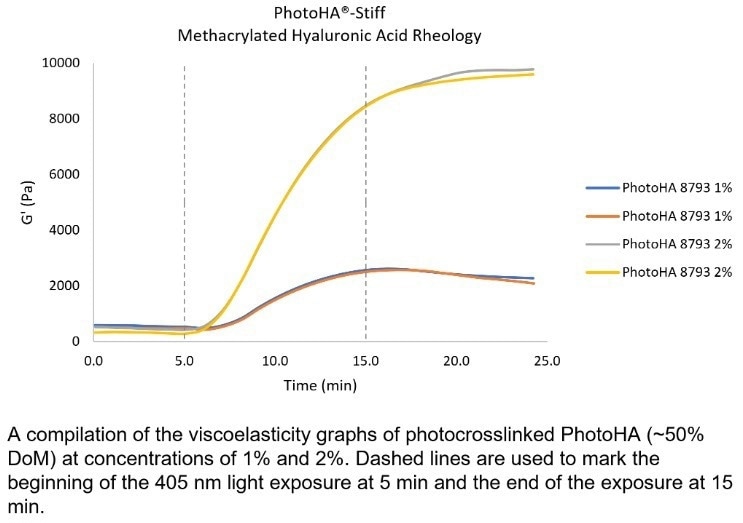
Image Credit: Advanced BioMatrix
Table 1. Source: Advanced BioMatrix
| Item |
Catalog Number |
Photoinitiator Included |
| PhotoHA |
#5212 |
N/A |
| PhotoHA + Irgacure |
#5220 |
Irgacure (365 nm) |
| PhotoHA + LAP |
#5274 |
LAP (405 nm) |
| PhotoHA + Ruthenium |
#5275 |
Ruthenium (400-450) |
Features
- The most prevalent glycosaminoglycan in the body, hyaluronic acid is a crucial part of many tissues all over the body
- Hyaluronic acid, which is abundant in extracellular matrices, is also involved in a variety of interactions with cell surface receptors and contributes to tissue hydrodynamics, cell movement, and proliferation
- It is advised to supplement the hyaluronic acid hydrogels with ECM proteins for the majority of cell types. Proteins offer crucial cell-binding sites
- Before and after being incubated in phosphate-buffered saline at 25 °C for 24 hours, 50 μL hydrogels made in 4.7 mm molds were imaged
- Using ImageJ software, the diameter of hydrogels was measured. One-way ANOVA was used to compare the statistical differences between the groups (n=3). P < 0.05 was used to determine significance
- The PhotoHA® can be kept at 2–10 °C for a month after it has been solubilized
Table 2. Source: Advanced BioMatrix
| Parameter, Testing, and Method |
Methacrylated Hyaluronic Acid #5212 |
| Sterilization Method |
Filtration |
| Sterility - USP modified |
No growth |
| Form |
Lyophilized Powder |
| Package Size |
100 mg |
| Storage Temperature |
-20 °C |
| Shelf Life |
Minimum of 6 months from date of receipt |
| Shelf Life After Reconstitution |
1 Month |
| Degree of Methacrylation |
45-65% |
| Molecular Weight |
100-150 kDa |
| NMR Analysis |
Characteristic |
| Hydrogel Young's Modulus E (Pa) |
Characteristic |
Applications
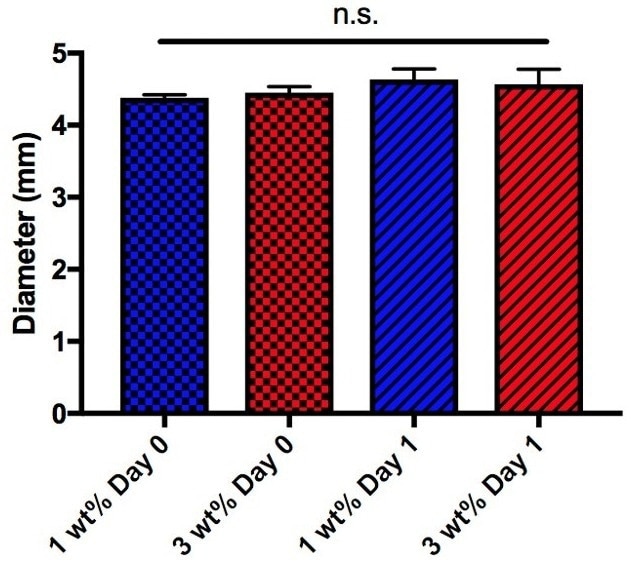
Image Credit: Advanced BioMatrix
Compressive modulus of PhotoHA®
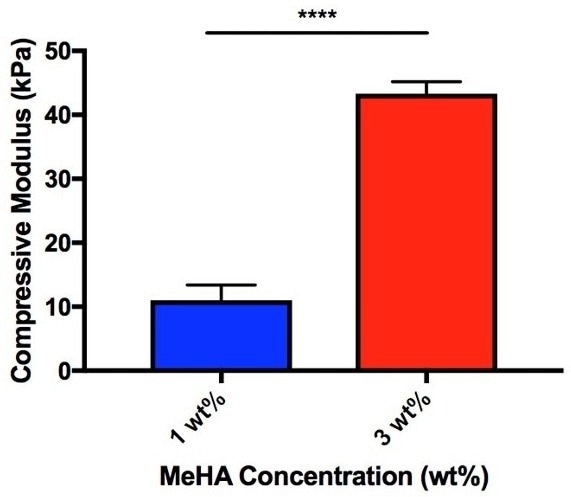
Image Credit: Advanced BioMatrix
- On 50 μL hydrogels produced in molds with 4.7 mm in diameter, dynamic mechanical analysis (Q800, TA Instruments) was carried out. With a 0.01 N pre-load and a 0.5 N min-1 compression rate, hydrogels were held in a fluid cup and compressed to 30% strain
- The slope of generated stress-strain curves between 10% and 20% strain was used to calculate Young’s modulus of each hydrogel
- The significance level for the Students t-test with two-tailed criteria was set at p < 0.05, and it was used to compare the MeHA concentrations (n = 3)
Reaction behavior of PhotoHA®
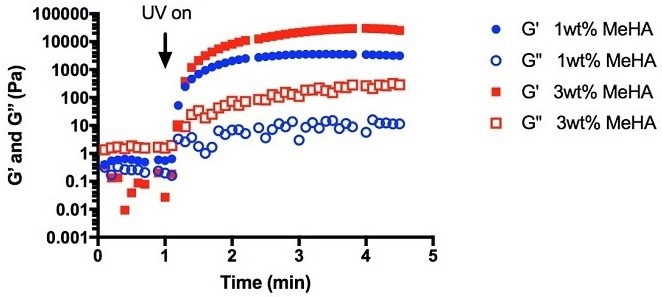
Image Credit: Advanced BioMatrix
- Rheological time sweeps of MeHA crosslinking with exposure to UV light (=320-390 nm) and in the presence of 0.05 wt% Irgacure 2959 (I2959) were performed using an AR2000 stress-controlled rheometer from TA Instruments
- The macromer solution (MeHA and I2959) was exposed to UV light after one minute, which caused the plateau of moduli to occur before five minutes